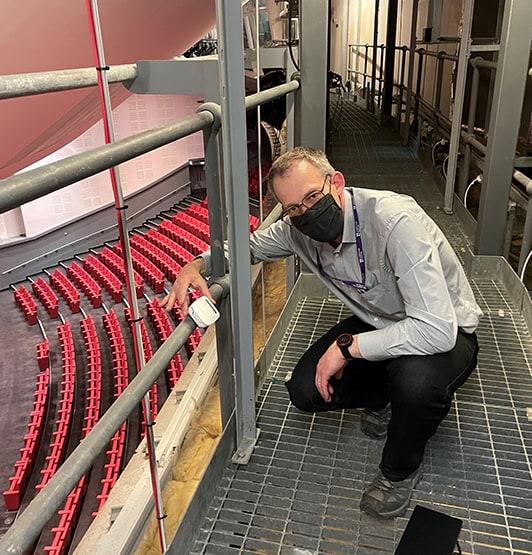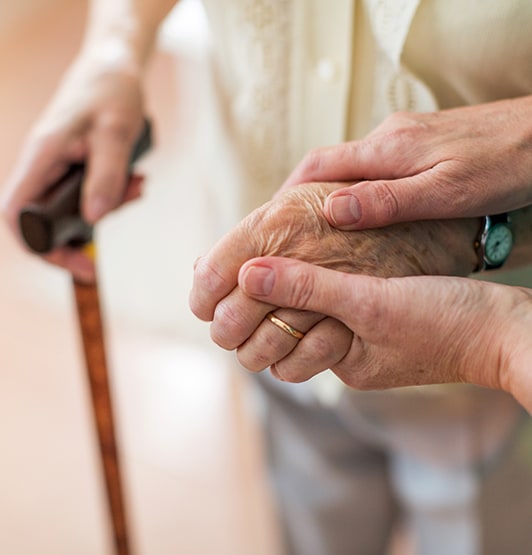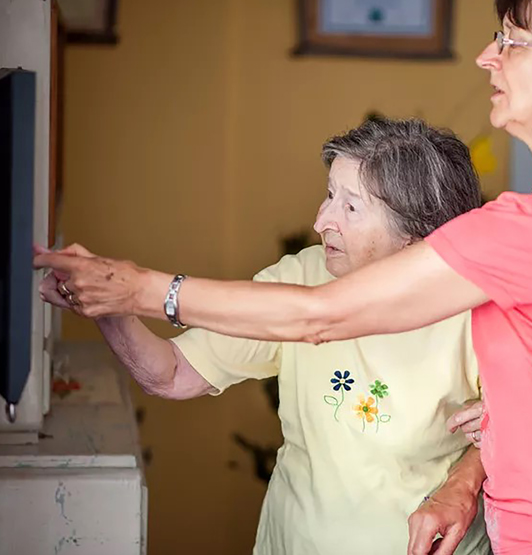Buildings and people
We spend 90% of our lives indoors, so maintenance of a high-quality internal environment is crucial to our health, wellbeing and productivity.
An interdisciplinary understanding of indoor environments and how buildings are used enables the design of spaces that meets people’s real needs. Our research explores the experiences, expectations and requirements of building occupants, using qualitative methods to support the quantitative measurement and modelling work.
Through targeted case studies, and large-scale questionnaire surveys, our research has sought to understand the barriers to the practical implementation of energy saving measures in people’s homes. Our research is also enabling the NHS built estate to deliver safe and dementia-friendly care, and will inform the design and operation of non-domestic buildings to minimise the risk of airborne transmission of Covid-19, and other viruses.

Airborne infection reduction through building operation and design
Inadequate ventilation is a risk factor in terms of the possible airborne transmission of Covid-19 in buildings. We are leading a UKRI-funded project to quantify the risk of this transmission through a combination of experimental work, measurement of environmental factors in buildings, and computer modelling. AIRBODS (Airborne Infection Reduction through Building Operation and Design for SARS-CoV-2) will deliver guidance on ventilation operation and future design of non-domestic buildings to reduce the risk. The team is also working on the DCMS’s Events Research Programme, undertaking field studies at several large-scale events, including the Brit Awards at the O2 arena and the FA Cup final at Wembley Stadium.

Healthcare facilities and dementia-friendly environments
Our EPSRC and Department of Health-funded research in patient-centric strategic asset management revealed how to better design, fund and manage the £83 billion NHS estate. It has underpinned key changes to national healthcare policy and practice, including the way NHS England spends its annual £3.7bn capital and £9.5bn estate management budgets and, in so doing, improved the safety, efficiency and efficacy of healthcare services. Research on how the built environment can cost effectively deliver dementia-friendly care led to new national guidance, ensuring facilities will better suit the needs of those living with dementia. This work is timely as the number of people living with dementia is predicted to double by 2050.
Understanding home owners
To improve the efficiency of the housing stock successfully, the offered technical solutions also need to meet occupants’ needs and match their aspirations. We have undertaken a persona-driven study – based on user-centred design – to explore the varying behaviours, attitudes, and motivations towards home improvement for owner-occupiers who live in ‘hard to treat’ solid-walled dwellings.

USE-MAIS
Despite the evolution of technologies for smart homes and health monitoring, there is limited knowledge of how to improve the control and monitoring interface for effective use by older people. Our research is enhancing the design of equitable interfaces in smart homes, making them accessible for elderly adults – promoting their independent living.
Meet the experts
The experts below represent the broad interests of our researchers in buildings and people. We look forward to hearing from you.



